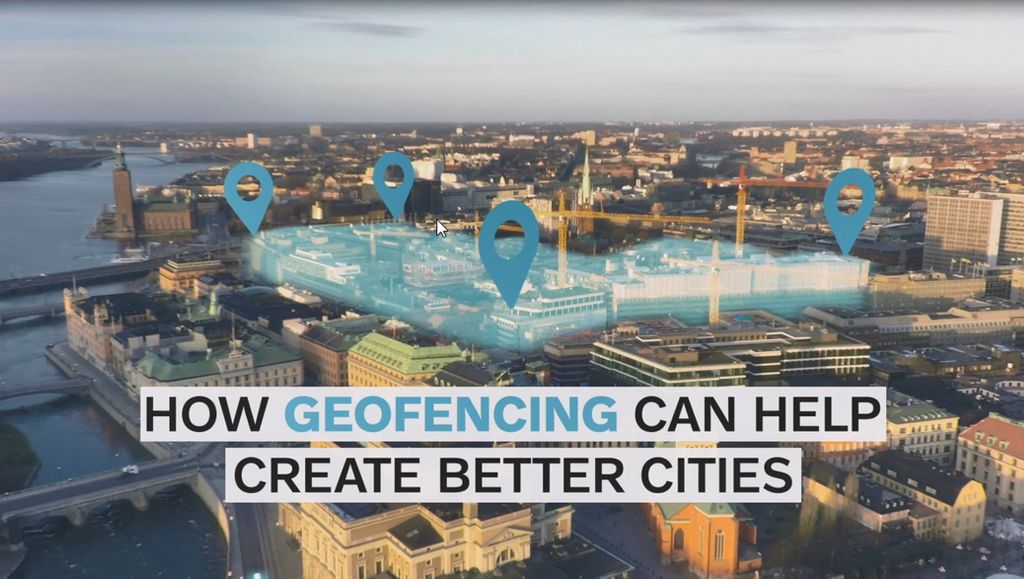Sweden is showing the way to smarter urban zones


“The technology already exists and developments are taking place rapidly. Within the next five years, I believe that we are going to see geofencing in many places in Sweden,” says Maria Krafft, Traffic Safety Director at the Swedish Transport Administration.
She is responsible for a four-year research project which began at the start of 2019. Together with the automotive industry and the two largest cities in Sweden, the Swedish Transport Administration is driving a number of initiatives designed to speed up the introduction of geofencing.
In addition to contributing to improving the environment, safety and health, there are economic benefits to be attained.
Geofencing means creating a digital geographic zone in which connected vehicles can be controlled. It can be used, for example, to limit speeds near schools or control a vehicle so that it is driven on biodiesel or electricity. The technology can also determine which vehicles can be driven in a specific area.
According to Maria Krafft, geofencing can help create attractive, sustainable and safe towns and cities in which vehicles move in accordance with the population’s wishes.
The results are excellent. We can see positive effects in the form of enhanced safety and the driver support is also impressive.
At present, geofencing is based on vehicles being controlled by software and different players collaborating. The project also examines the city’s digital processes to see how they can control or limit vehicles in different zones in the future.
A RESEARCH PARTNERSHIP
In 2017, the Swedish Transport Administration was tasked by the government with examining the potential for using geofencing in urban environments. This resulted in a demonstration showing what was feasible, together with a plan of action developed jointly by the Swedish Transport Administration, the City of Stockholm, the City of Gothenburg, Volvo Group, Scania, Volvo Cars and Veoneer.
This four-year research partnership was one of the proposals in the plan of action and it will continue until 2022.